Weaving Spotlight: KCET Weaving Community
KCET Weaving Community: How Native Peoples are Rediscovering Their Basketry Traditions

[fvplayer id=”118″]
Brenda Crabtree is the Director of Aboriginal Programs at Emily Carr University of Art + Design in Vancouver. She is a member of the Spuzzum Band and has both Nlaka’pamux and Sto:lo ancestry. Her art practice includes cedar and spruce root basketry, drum making, moose hair tufting and beadwork.
Her work is continually shifting between traditional and contemporary representation and re-interpretation. She creates objects using traditional materials and techniques…and often incorporates politically motivated text to combat historical amnesia.
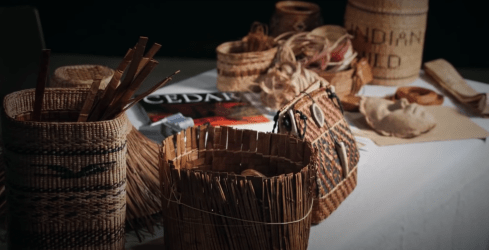
URBAN ACCESS TO ABORIGINAL ART (URBAN ACCESS) began in 2014 and is a four-week intensive art and design program that blends studio instruction with cultural studies modules and field trips. Fifteen aboriginal participants are selected each summer to learn traditional forms of art: Carving, Drum Making, Cedar Basketry, Beadwork, Moose Hair Tufting, and Form Line design. The program includes cultural studies, visual communication, guest artist talks, and field trips to galleries and museums.
Sonya Kelliher-Combs was raised in the Northwest Alaska community of Nome. Her Bachelor of Fine Arts degree is from the University of Alaska Fairbanks and Master of Fine Arts is from Arizona State University. Through her mixed media painting and sculpture, Kelliher-Combs offers a chronicle of the ongoing struggle for self-definition and identity in the Alaskan context. Her combination of shared iconography with intensely personal imagery demonstrates the generative power that each vocabulary has over the other. READ MORE…
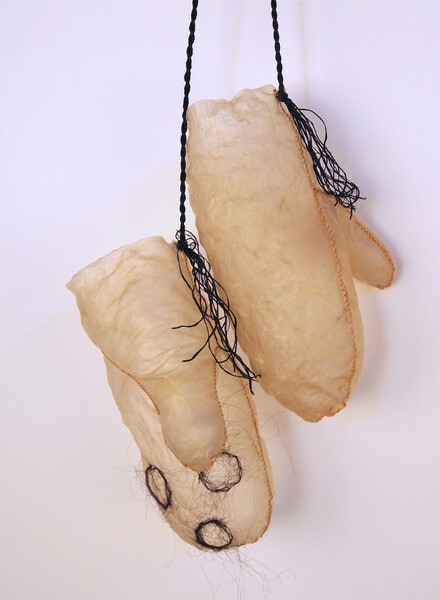
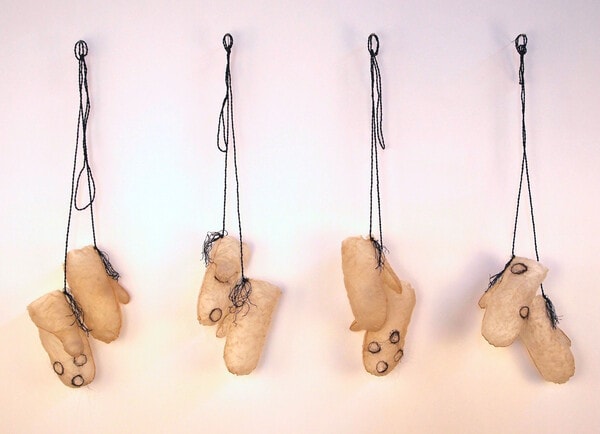
“I’m inspired by the relationship of our ancestors to their environment — how they used skin, fur and membrane in material culture. The subjects of my work are patterns of history, family, and culture…” Read More
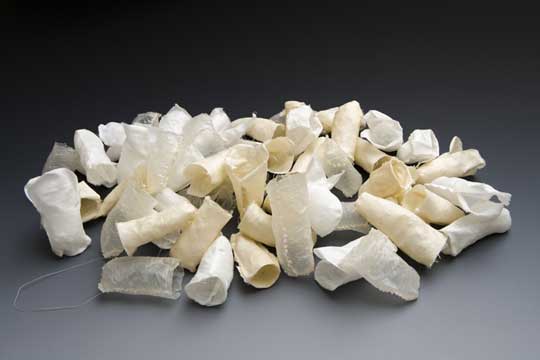
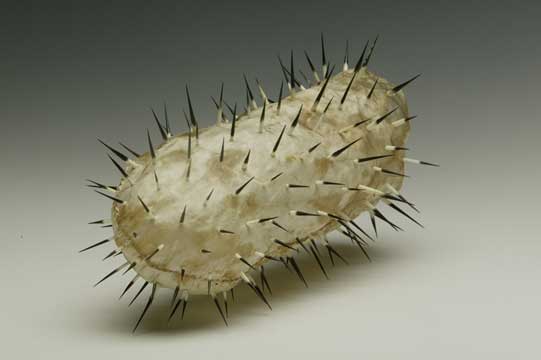
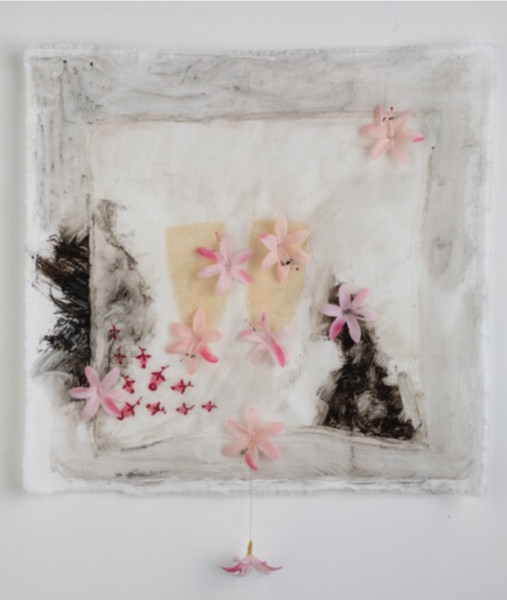
California — a biodiversity hotspot — provides an abundance of plants for both food and medicine. To Native peoples across the state, gathering locations were like supermarkets today. They provided all the resources necessary to survive. These native plants are relevant today as they reinforce cultural continuity for California’s Native peoples and provide healthy, drought-tolerant alternatives to the processed foods typically found in Western diets. In contemporary California, movements such as “eat local” and scientists’ “discovery” of the health benefits inherent in chia and sage, for instance, have led to an increasing awareness and desire to purchase indigenous foods. But while more and more people are recognizing the benefits of California’s indigenous plants, the scale of the commercial food industry often prohibits access to local indigenous communities. In this video, we visit members of the Chia Cafe Collective, a group working in Southern California to revive Native food practices and raise awareness about the precarity of these important cultural resources.